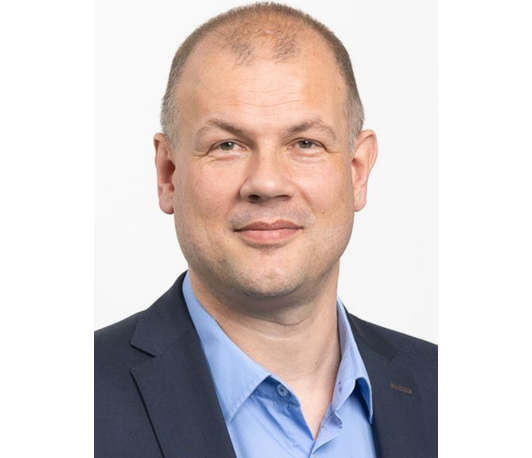Recent insights on the generation, transport, and separation of charge carriers in metal oxide photocatalysts
CatLab Lectures 2023/2024
- CANCELLED
- Date: Feb 23, 2024
- Time: 10:30 AM - 12:00 PM (Local Time Germany)
- Speaker: Prof. Dr. Roel van de Krol
- Helmholtz-Zentrum Berlin für Materialien und Energie, Technical University Berlin
- Location: HZB Adlershof BESSY II, Albert-Einstein-Straße 15, 12489 Adlershof
- Room: BESSY II, Seminar Room at the entrance
- Host: HZB and FHI
- Contact: trunschk@fhi-berlin.mpg.de

In this lecture, I will discuss three main loss mechanisms in metal oxide-based absorbers: a sub-optimal photogeneration yield due to localized d-d transitions, inefficient extraction of the photogenerated carriers at the interface(s), and localization of carriers at defects. After reviewing the role of the electric field in charge separation, which is still often misunderstood in the fields of photocatalysis and photoelectrochemistry, two techniques to quantify carrier generation and transport in photoabsorbers will be discussed. One is time-resolved microwave conductivity (TRMC), a contact-free technique that can be used to determine the carrier mobility and life time. We recently developed an approach to directly determine the carrier diffusion length with this technique, without needing to deconvolute changes in the carrier concentration and the mobility. The second technique I will discuss is time-resolved THz spectroscopy (TRTS), which we recently used to reveal nm-scale carrier localization in a range of oxide absorbers. Throughout the presentation, I will attempt to show how these insights can be used to design more efficient metal oxide-based photoelectrodes.